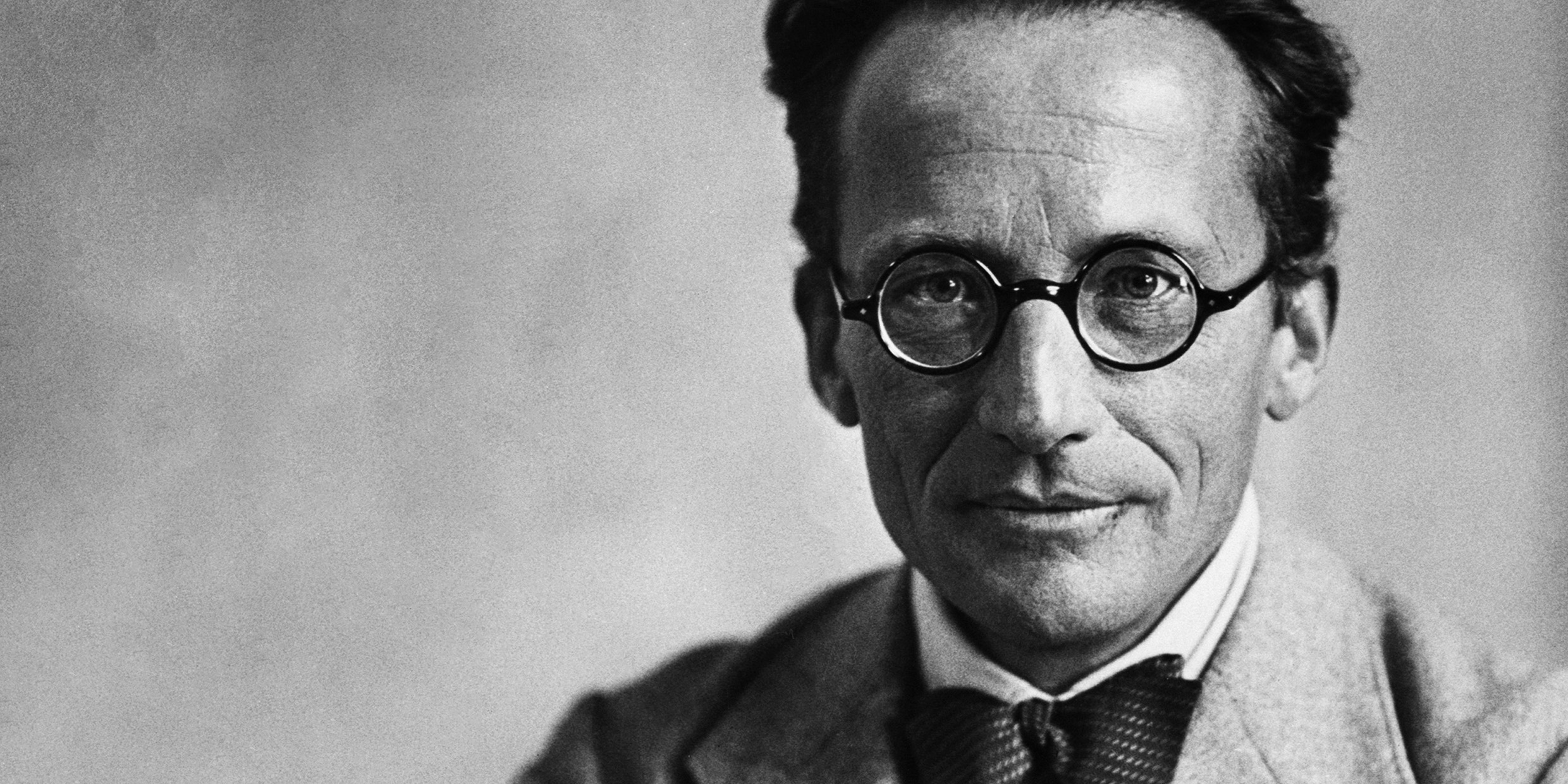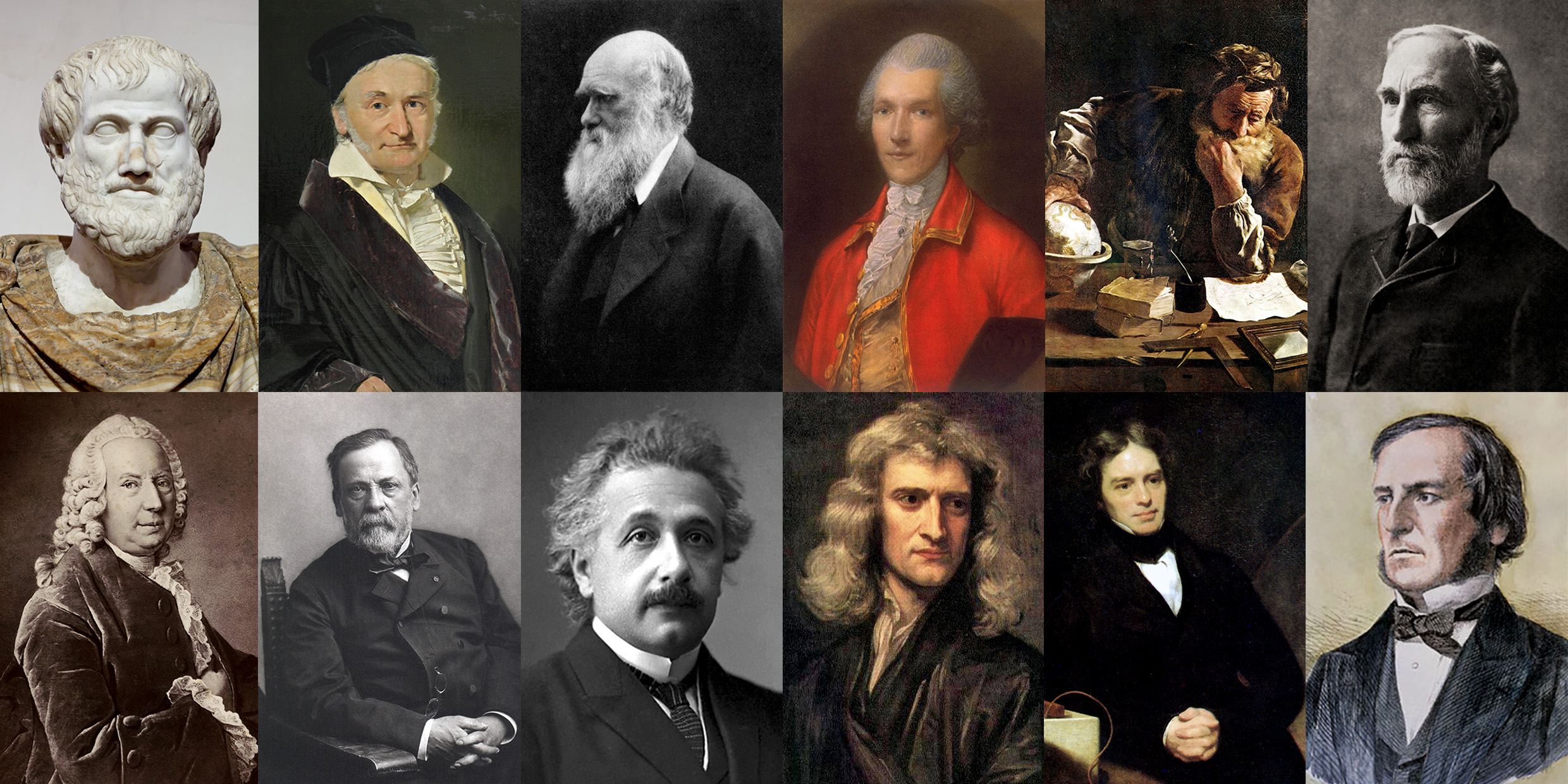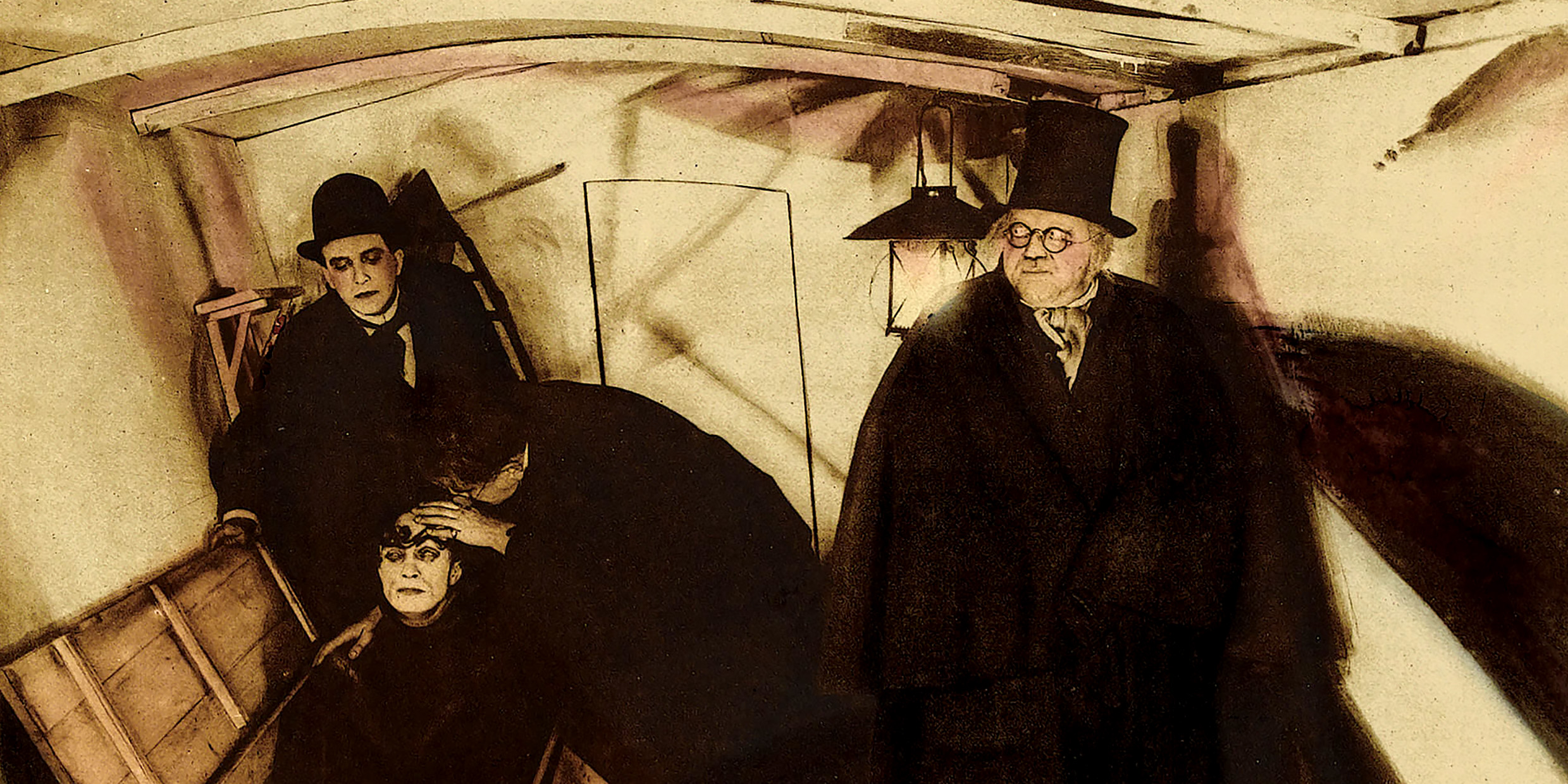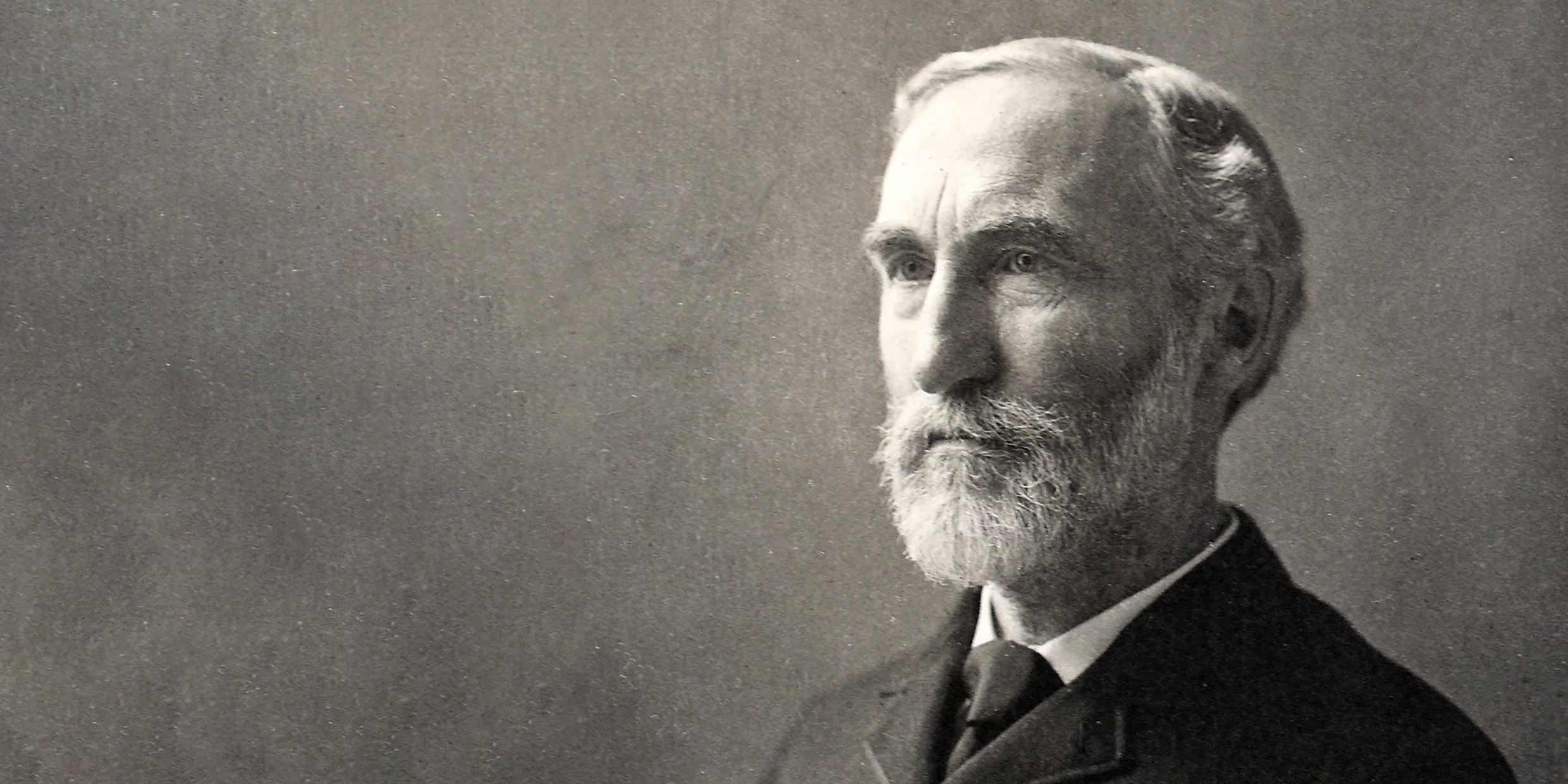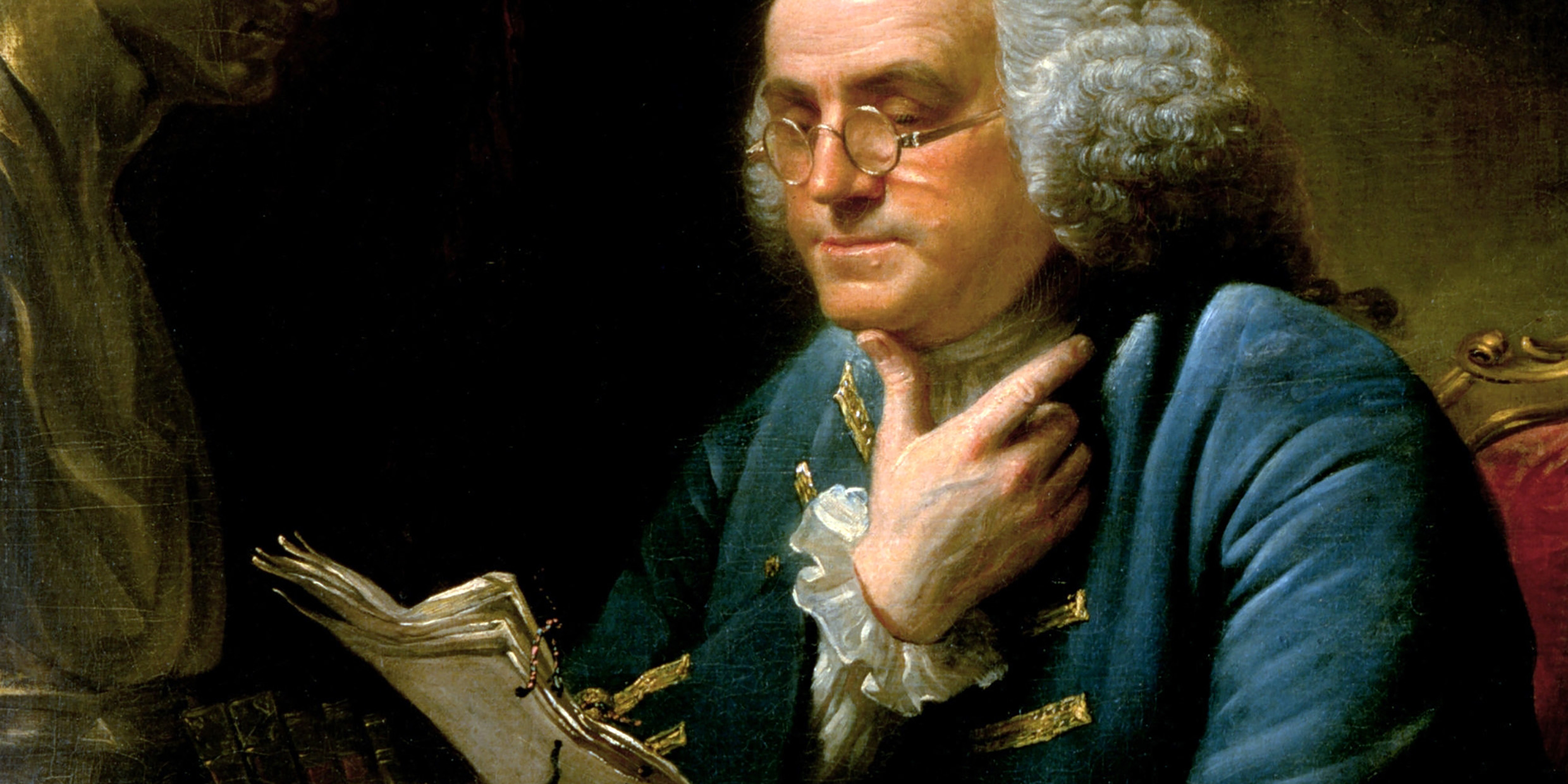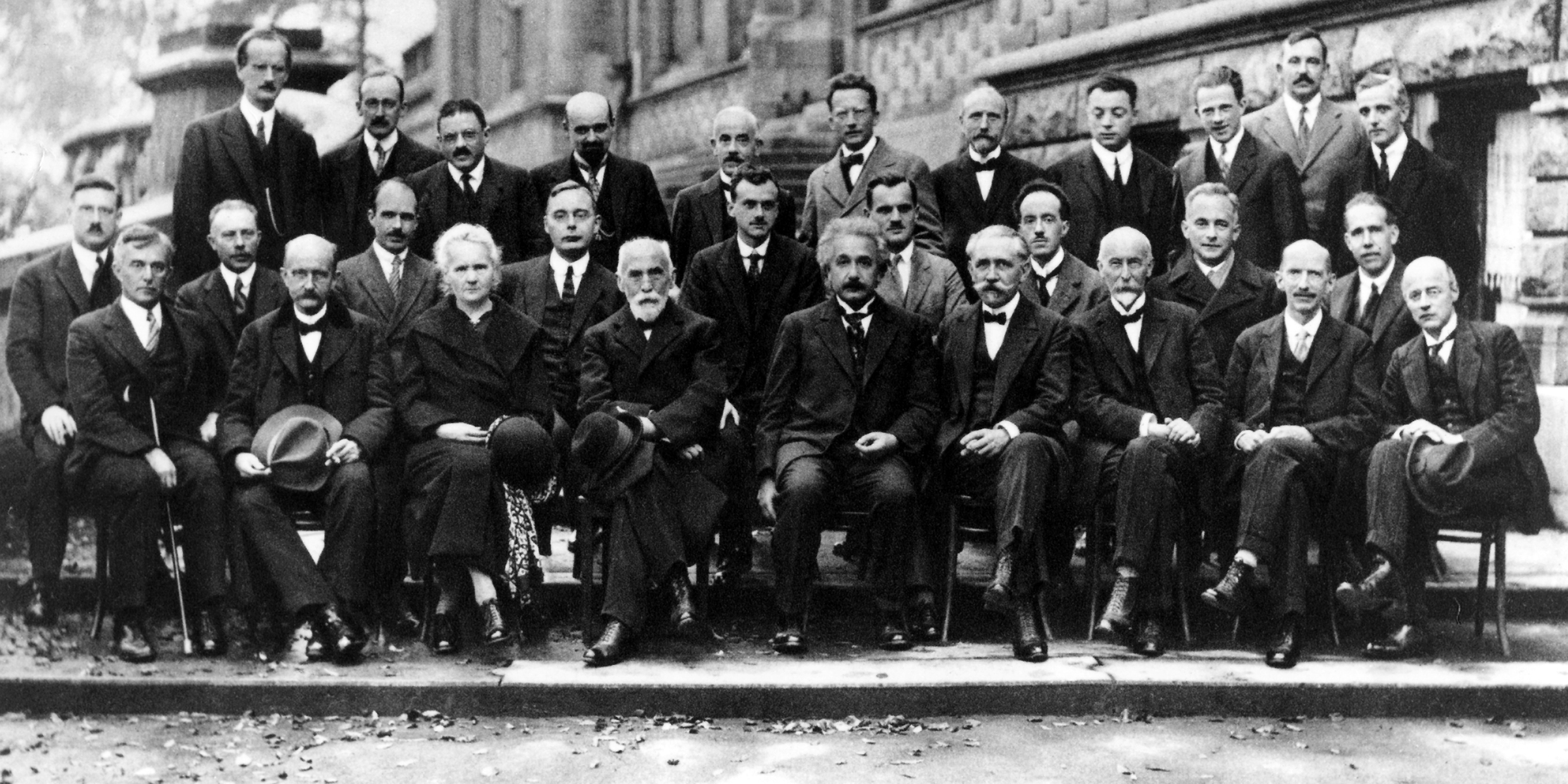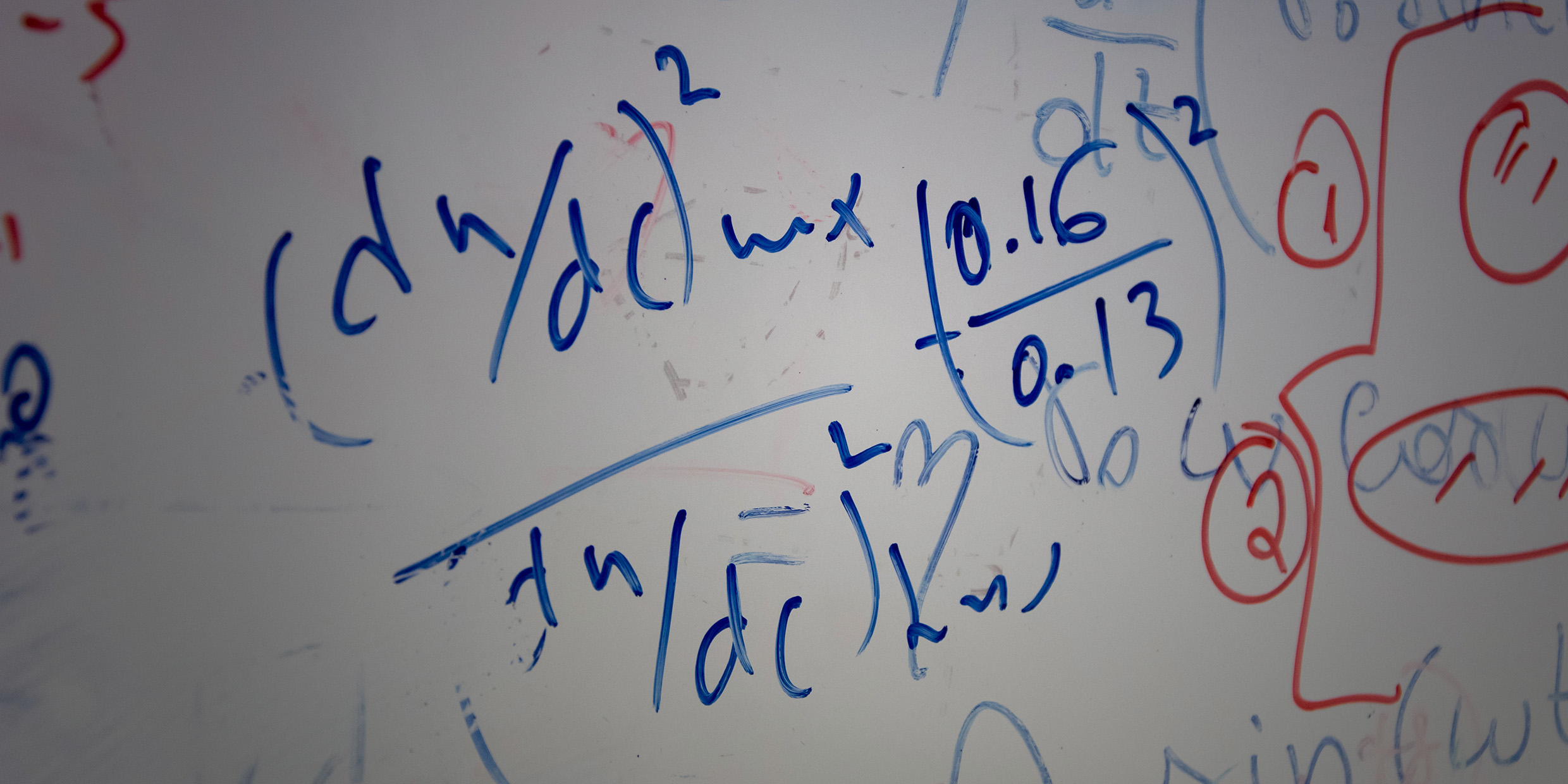In the year 1926, his annus mirablis, the Austrian physicist Erwin Schrödinger published four papers laying down the foundations of a new theory of nature, called wave mechanics.
Articles with Scientists
The science All-Stars
Baily’s beads, Barr body, Beaufort wind scale, Bernoulli effect, Bessel function, Bessemer converter, Boolean algebra, Bose statistics, Brewster’s law. Some or all of these terms will be familiar to every scientist. But who were Baily, Barr, Beaufort, and the rest?
A vanished breed
Whatever became of the Mad Scientist? If you think there have been fewer Mad Scientists in the movies lately, you are right.
Meet Mr. Gibbs
Previously, in a column on the scientific reputation of Benjamin Franklin, I mentioned Willard Gibbs, calling him the greatest scientist America produced until our own century. Several readers asked, “Who’s this guy Gibbs you think so much of?” An informal survey confirmed Gibbs’ anonymity; no one I questioned could place the man or his achievements.
Franklin, scientist
Tomorrow [Jan. 17] is the birthday of Benjamin Franklin — patriot, diplomat, printer, journalist, author of “Poor Richard’s Almanack,” inventor of the Franklin stove and bifocals, internationally-acclaimed scientist.
Sciencespeak
The British physicist and philosopher of science John Ziman recently published a book called Knowing Everything About Nothing: Specialization and Change in Scientific Careers. This column is not about the book. It is about the title of the book.
Women in science: against all odds
Here’s a quiz for you: Name all the women you can think of who made an important contribution to science before the year 1910.
Even Galileo may have fudged
Two weeks ago, a team of researchers at Harvard’s Dana-Farber Cancer Institute retracted a paper published earlier this year [1986] in the journal Science. The paper reported the discovery of a molecule called interleukin-4A, which was said to play a role in amplifying the immune responses of the human body. The isolation of the molecule was considered a promising step in the search for a cure for cancer.
It’s all there but the thrill
Not long ago the British journal Nature published a report titled “A new class of Echinodermata from New Zealand.” In it the authors describe an animal previously unknown to science, nine of which were discovered on waterlogged wood dredged up from the ocean off the New Zealand coast.
The brain machine
It has been less than 50 years since Ernest Lawrence was awarded the Nobel Prize in physics for his invention of the cyclotron. Lawrence’s first particle accelerating machine was four inches in diameter and constructed from window pane, brass plate, and sealing wax. It was the sort of thing any clever fellow could build in his basement.
